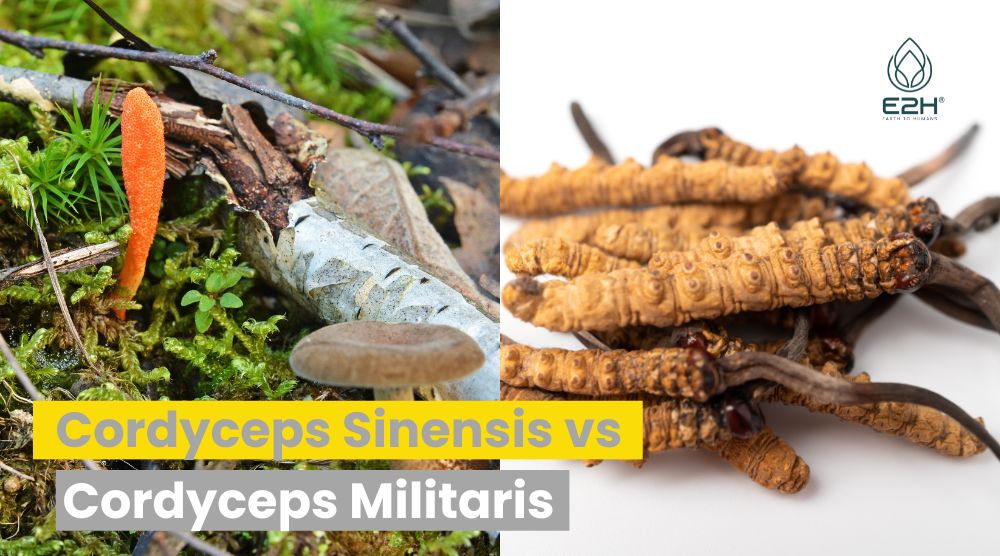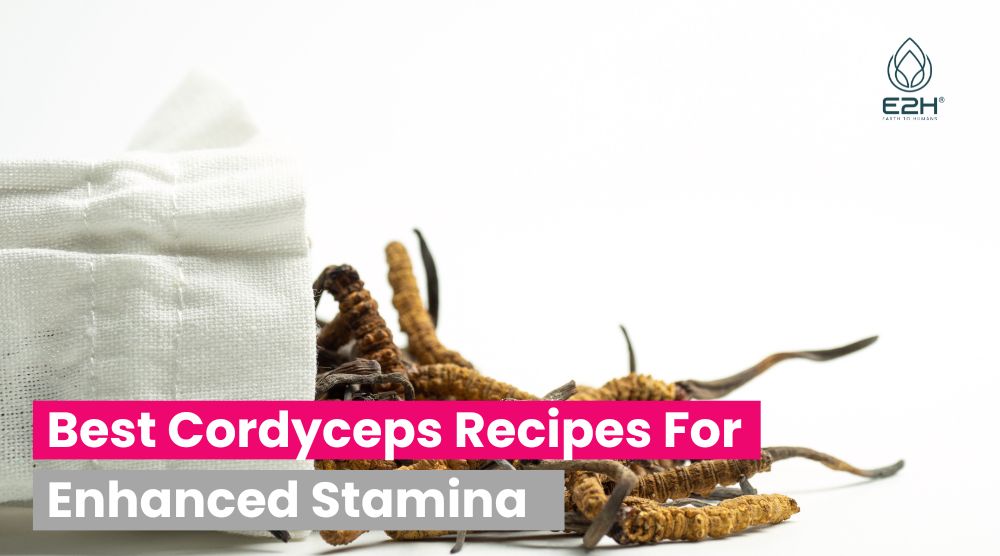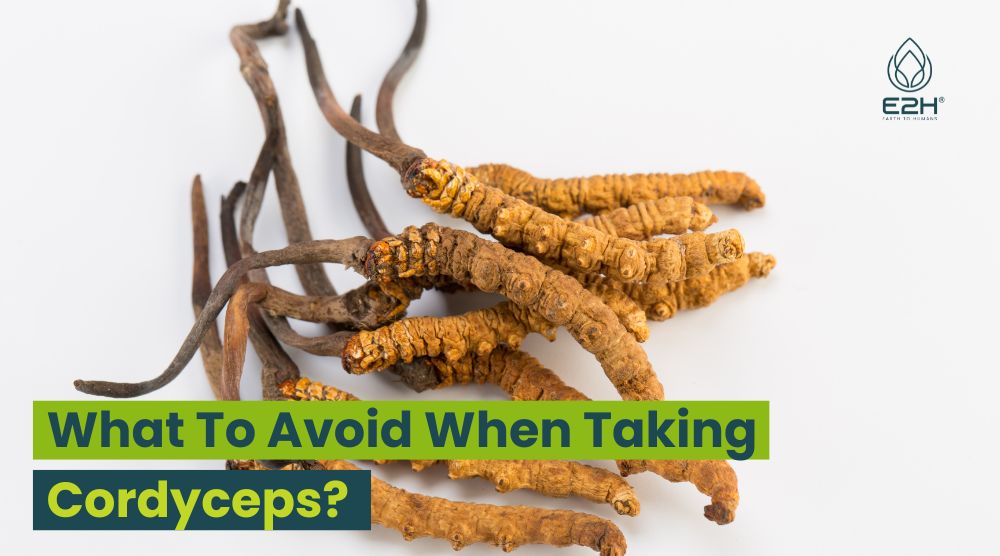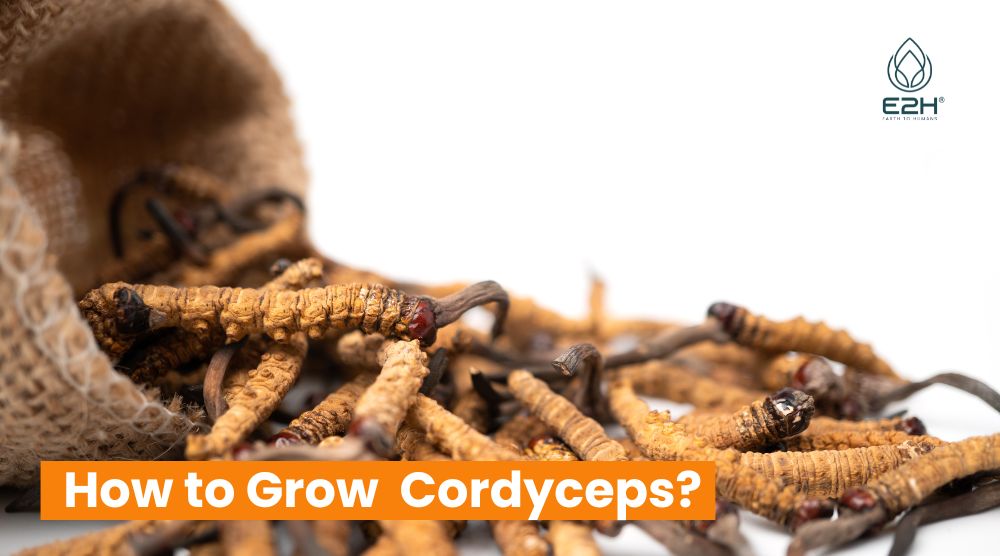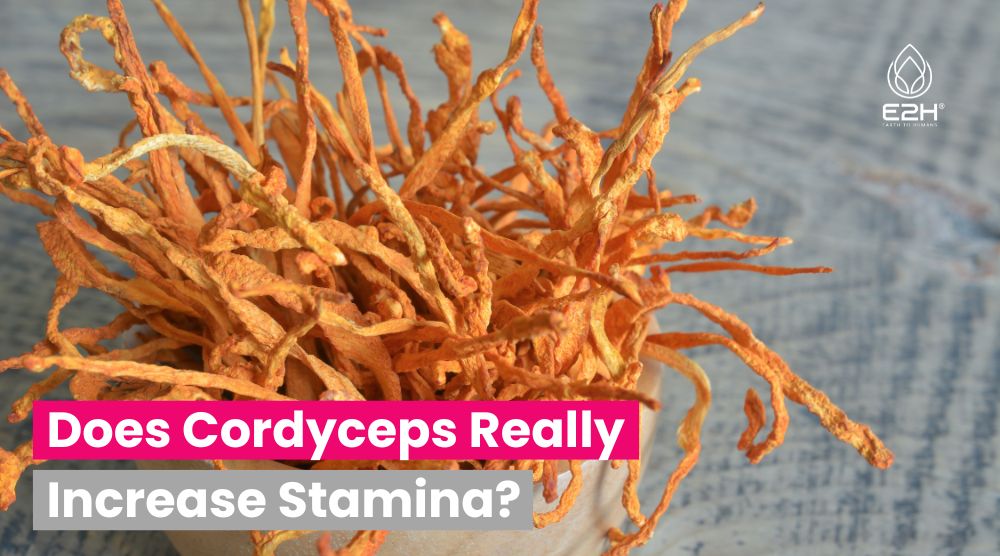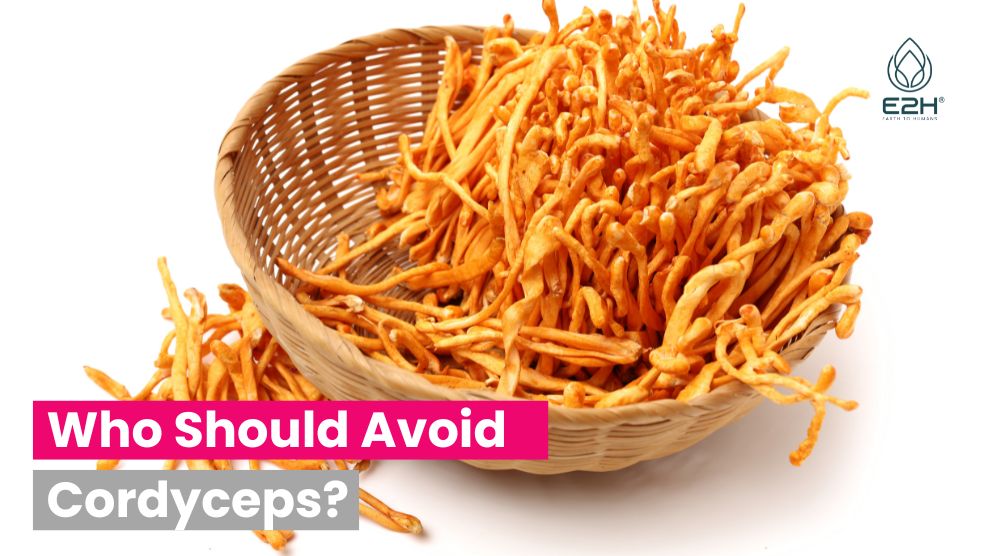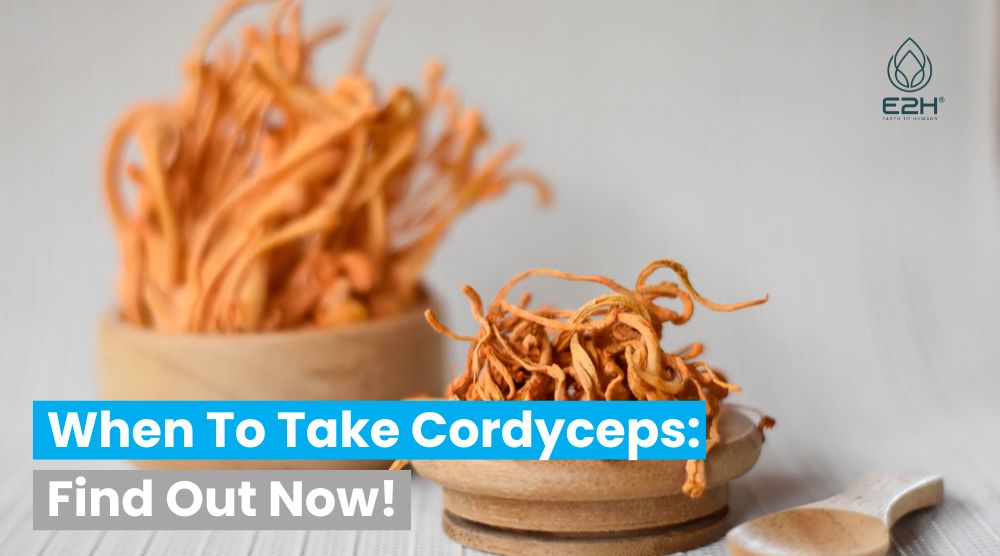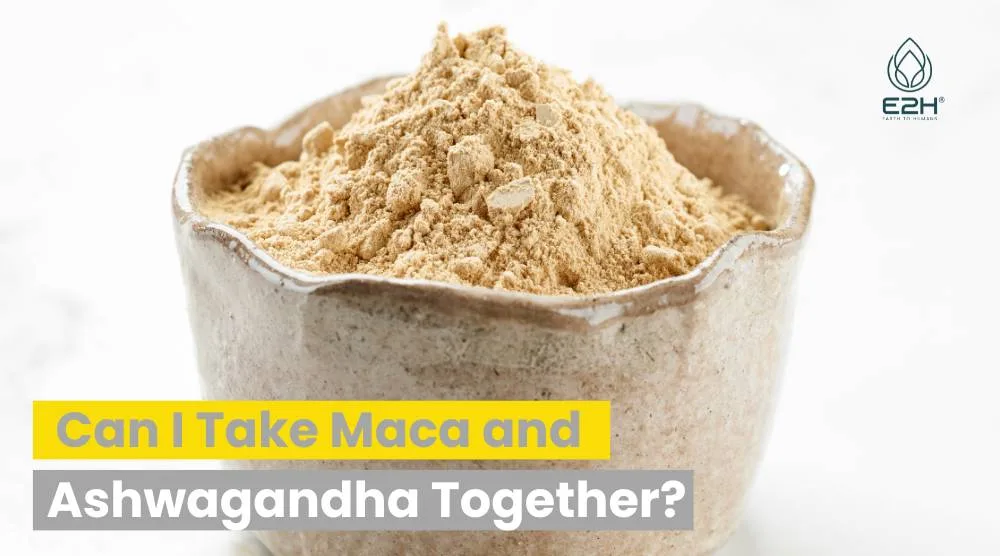Cordyceps Sinensis and Cordyceps Militaris, while both offering potent health benefits, differ in habitat, appearance, cultivation methods, and traditional uses, presenting unique advantages and applications in wellness and cuisine.
Let’s exploring the fascinating differences and similarities between these two celebrated fungi. Your path to understanding the potent power and allure of Cordyceps begins here.
Cordyceps Sinensis vs Cordyceps Militaris: Main Differences
Certainly, here’s a detailed table comparing Cordyceps Sinensis and Cordyceps Militaris across various aspects:
| Aspect | Cordyceps Sinensis | Cordyceps Militaris |
|---|---|---|
| Appearance | Grows out of insect larvae, often caterpillars, with a long, slender fruiting body. | Recognized by its vibrant orange fruiting body, can be cultivated without insect hosts. |
| Habitat | High-altitude regions of the Himalayas (China, Nepal, Tibet). | Found in various global locations, including North America, Asia, and Europe. |
| Cultivation | Difficult to cultivate due to specific host and environmental requirements. | Easier to cultivate on various substrates like rice in controlled environments. |
| Price | Extremely expensive, ranging from $20,000 to $40,000 per kilogram. | More affordable, often ranging from $100 to $300 per kilogram. |
| Historical Use | Extensively used in Traditional Chinese Medicine and Tibetan medicine for various health concerns. | Used in traditional medicine but has gained prominence more recently due to ease of cultivation. |
| Health Benefits | Known for enhancing energy, supporting respiratory and renal health, and acting as an aphrodisiac. | Known for supporting immune health, enhancing energy, and potentially improving athletic performance. |
| Culinary Use | Traditionally used in soups and broths, imparting a slightly musky or earthy flavor. | Used in various forms, from teas to innovative dishes, offering a milder, slightly sweet flavor. |
| Availability | Relatively scarce due to specific growth requirements and overharvesting. | More widely available due to ease of cultivation and sustainability. |
| Medicinal Properties | Utilized for a broad spectrum of health concerns, including respiratory and reproductive health. | Noted for its potential in enhancing athletic performance and general vitality. |
Which species of Cordyceps is more potent or effective for health?
Both Cordyceps Sinensis and Cordyceps Militaris are celebrated for their health-promoting properties, but they have subtle differences. Historically, Cordyceps Sinensis has been more widely used in traditional medicine and is often regarded as slightly superior due to its extensive historical and medicinal use.
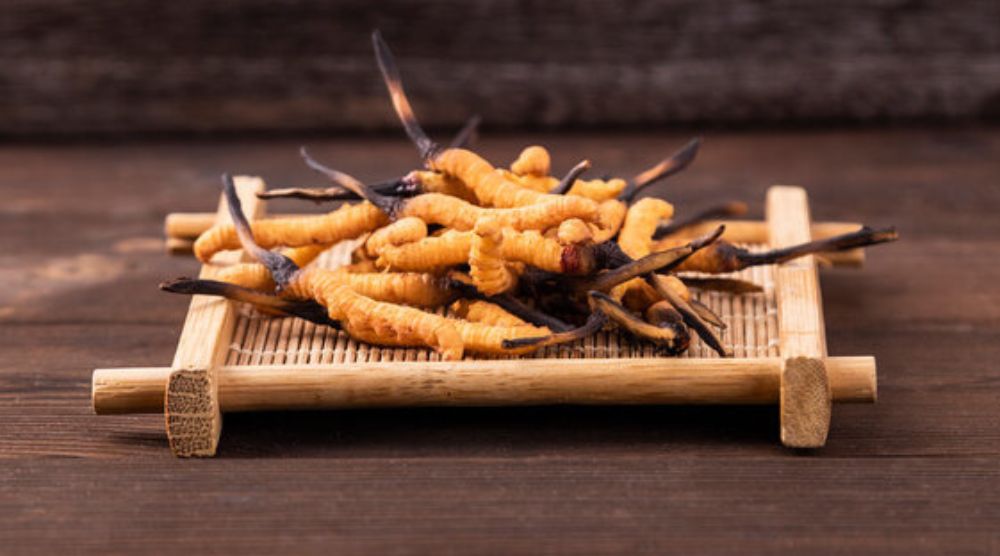
It has been traditionally linked with energizing effects and supporting athletic performance. However, Cordyceps Militaris, which is easier and more sustainable to cultivate, has been identified to have similar benefits that closely approximate the benefit profile of Cordyceps Sinensis, making both species potent in their own right. Both have demonstrated abilities to support immune function and provide energy, among other benefits.
Are there any unique medicinal properties associated with Cordyceps Sinensis?
Cordyceps Sinensis is renowned for its unique medicinal properties, some of which include:
- Energizing Effects: It has a history of being used to enhance energy and is even linked to aiding the performance of athletes in the Beijing Olympics in 1993.
- Aphrodisiac Properties: It’s traditionally consumed to act as an aphrodisiac, particularly in certain Asian cultures.
- Immune Support: Like many medicinal mushrooms, it contains beta-glucans, which are known to support immune health.
- Traditional Applications: It has been used traditionally for various ailments like tuberculosis, erectile dysfunction, and chronic pain.
Is Cordyceps Militaris a suitable alternative to Cordyceps Sinensis?
Yes, Cordyceps Militaris is considered a suitable alternative to Cordyceps Sinensis. While Cordyceps Sinensis has a rich history in traditional medicine, Cordyceps Militaris has been identified to have a similar benefit profile, making it a viable substitute.
The adoption of Cordyceps Militaris has been primarily driven by its ease of cultivation and sustainability, as it can be grown effectively in controlled environments, ensuring a stable, sustainable supply.
Both species contain valuable compounds like beta-glucans and have shown to support immune health, respiratory health, and energy levels, making Cordyceps Militaris a commendable alternative, especially considering the conservation concerns related to two species of Cordyceps Sinensis.
How do the appearances of Cordyceps Sinensis and Cordyceps Militaris compare?
Cordyceps Sinensis and Cordyceps Militaris exhibit distinct appearances, particularly in their natural habitats. Cordyceps Sinensis is known for its peculiar growth on insect larvae, particularly caterpillars, in high-altitude regions of China, Nepal, and Tibet. The fungus invades the insect, eventually mummifying it, and a stalk-like fruiting body emerges from the head of the deceased insect.
On the other hand, Cordyceps Militaris, while also a parasitic fungus in nature, is often recognized by its vibrant orange fruiting body when found in the wild. It does not strictly rely on insect hosts and can be cultivated on various substrates, such as rice, in controlled environments.
Do Cordyceps Sinensis and Cordyceps Militaris grow in different regions?
Yes, Cordyceps Sinensis and Cordyceps Militaris are naturally found in different regions. Cordyceps Sinensis is primarily found in the high-altitude regions of the Himalayas in countries like China, Nepal, and Tibet, where it parasitizes the larvae of ghost moths.
It thrives in these specific alpine ecosystems, making it quite rare and valuable. Conversely, Cordyceps Militaris is more widespread and can be found in various locations globally, including parts of North America, Asia, and Europe. It is not as region-specific as Cordyceps Sinensis and can parasitize various insects, not just a specific type wild species of caterpillar, making it more common in diverse environments.
Are the cultivation methods for these Cordyceps species the same?
The cultivation methods for Cordyceps Sinensis and Cordyceps Militaris have notable differences, primarily driven by the inherent challenges in cultivating Cordyceps Sinensis. Cordyceps Sinensis, in its natural environment, relies on a specific host (ghost moth larvae) and specific environmental conditions found in high-altitude regions, making it notoriously difficult to cultivate authentically.
On the other hand, Cordyceps Militaris can be effectively cultivated on various substrates, such as rice, in controlled environments, making it more accessible and sustainable for commercial production. The ease of cultivating Cordyceps Militaris has led to its widespread use as a substitute for Cordyceps Sinensis in various health supplements and products.
What is the historical and cultural significance of Cordyceps Sinensis?
Cordyceps Sinensis holds a rich tapestry of historical and cultural significance, especially within Traditional Chinese Medicine (TCM) and Tibetan medicine. It was traditionally discovered by yak herders in Tibet, who observed increased strength and vitality in yaks that consumed the fungus.
This parasitic fungus, which naturally grows on insect larvae in high-altitude regions, has been utilized for centuries for its purported health-enhancing properties, including boosting energy, vitality, and overall wellness.
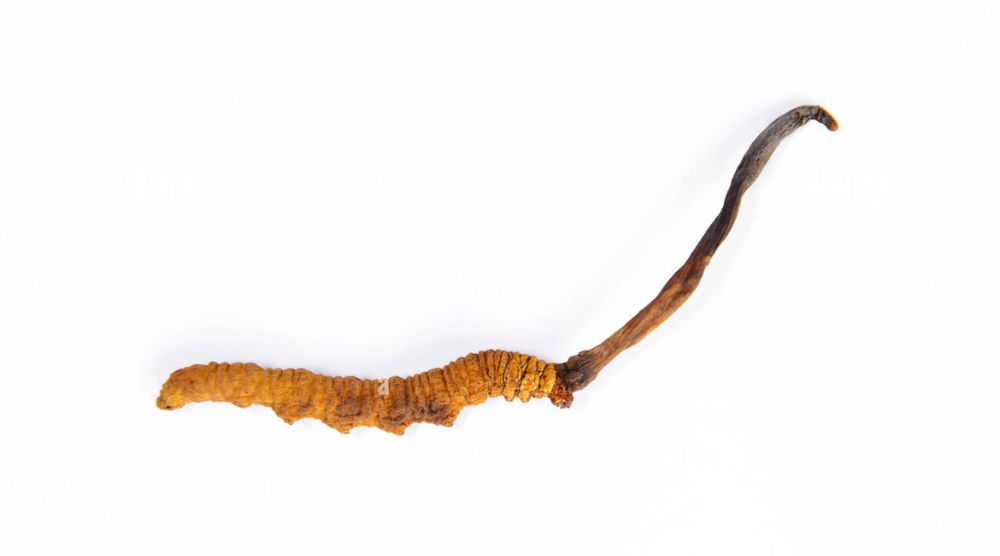
It has been associated with improving the quality of life in various aspects, from enhancing physical performance to being considered an aphrodisiac, weaving it deeply into the cultural health practices of several Asian societies.
Are Cordyceps Sinensis and Cordyceps Militaris used for different purposes?
While Cordyceps Sinensis and Cordyceps Militaris share similarities in their usage, particularly in supporting energy, vitality, and immune function, there are nuances in their traditional and modern applications.
Cordyceps Sinensis has been historically revered and utilized for a broader spectrum of health concerns in TCM, including respiratory and renal health, sexual vitality, metabolic health and more.
Cordyceps Militaris, while also
as been particularly noted for its potential in enhancing athletic performance and is often marketed towards athletes and fitness enthusiasts in modern wellness circles. Both are acknowledged for their adaptogenic properties but may be chosen preferentially depending on specific health goals and traditional beliefs.
Can both Cordyceps species be used in traditional medicine?
Yes, both Cordyceps Sinensis and Cordyceps Militaris can be and have been used in traditional medicine, albeit with different historical contexts. Cordyceps Sinensis has a longer and more established history in traditional medicine, particularly within TCM and Tibetan medicine, where it has been used to address a myriad of health concerns, from respiratory to reproductive health.
Cordyceps Militaris, while also recognized in traditional medicine, has gained more prominence in recent times due to its accessibility and sustainability in cultivation. Both species are acknowledged for their potential in supporting immune health, vitality, and overall wellness and can be found utilized in various traditional and modern health formulations.
Are there price differences between Cordyceps Sinensis and Cordyceps Militaris?
Yes, there are notable price differences between Cordyceps Sinensis and Cordyceps Militaris, primarily driven by their availability, cultivation difficulties, and historical value. Cordyceps Sinensis is often significantly more expensive due to its rare and wild form, which is found in specific high-altitude regions and involves a complex symbiotic relationship with particular insect larvae.
Prices for wild Cordyceps Sinensis can range from $20,000 to $40,000 per kilogram, making it one of the most expensive fungi globally. Conversely, Cordyceps Militaris, which can be cultivated more easily and sustainably on various substrates like rice, is considerably more affordable.
Prices for cultivated Cordyceps Militaris can vary but are substantially lower, often ranging from $100 to $300 per kilogram. The stark price difference is attributed to the scarcity, harvesting difficulty, and historical reverence of Cordyceps Sinensis compared to the more accessible Cordyceps Militaris.
What do experts recommend as the better choice for health benefits?
Experts often navigate between Cordyceps Sinensis and Cordyceps Militaris based on specific contexts and needs. Cordyceps Sinensis has a rich history in traditional medicine and is often revered for its extensive medicinal applications, making it a preferred choice for those adhering to traditional practices.
However, Cordyceps Militaris, with its similar health benefit profile and more sustainable and ethical cultivation practices, is frequently recommended by modern health practitioners, especially considering conservation concerns related to wild Cordyceps Sinensis. Both species are recognized for their potential health benefits, and the choice may ultimately align with personal, ethical, and availability considerations.
Are there any potential side effects or risks associated with either species?
Both Cordyceps Sinensis and Cordyceps Militaris are generally considered safe for most people when consumed in recommended amounts. However, potential side effects and risks can include:
- Allergic Reactions: Some individuals may experience allergic reactions to Cordyceps, such as skin rashes or respiratory issues.
- Bleeding Risks: Cordyceps might slow blood clotting, posing a risk to individuals with bleeding disorders or those taking anticoagulant medications.
- Hormonal Effects: Cordyceps may impact hormone levels, potentially affecting individuals with hormone-sensitive conditions.
- Immune System Impact: It may stimulate the immune system, which might be a concern for individuals with autoimmune diseases.
Can Cordyceps Sinensis and Cordyceps Militaris be used interchangeably?
Cordyceps Sinensis and Cordyceps Militaris can often be used interchangeably in various applications due to their similar bioactive components, such as cordycepin and beta-glucans, which provide health benefits like immune support and enhanced energy.
However, the interchangeability might depend on the specific use-case and traditional beliefs. While both are recognized for their adaptogenic and health-promoting properties, the historical reverence and rarity of Cordyceps Sinensis sometimes position it as a premium option in certain formulations, especially within traditional medicine practices.
Are there specific conditions or health concerns where one is preferred over the other?
While both Cordyceps Sinensis and Cordyceps Militaris are utilized for their adaptogenic and immune-supporting properties, preferences might arise based on traditional uses and modern research. Cordyceps Sinensis has been traditionally used for a wider array of health concerns, including kidney and lung health, due to its longstanding presence in Traditional Chinese Medicine.
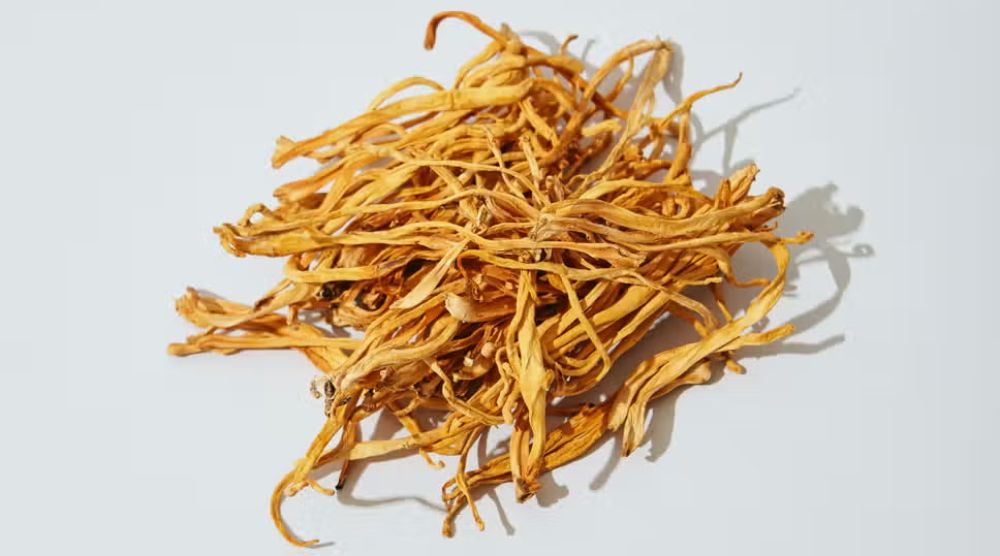
Cordyceps Militaris, while also utilized for various health purposes, has been notably researched for its potential to enhance physical performance and is often highlighted in athletic and fitness contexts. The preference might be influenced by historical, regional, and application-specific factors.
How do the flavors and culinary uses of these Cordyceps species differ?
Cordyceps Sinensis and Cordyceps Militaris both find their place in culinary applications, especially within Asian cuisines, albeit with subtle differences in flavor and usage. Cordyceps Sinensis, often described as having a slightly musky or earthy flavor, is traditionally used in soups and broths in Chinese cuisine, believed to impart wellness and vitality.
Cordyceps Militaris, on the other hand, might present a milder, slightly sweet flavor and is utilized in various culinary applications, from teas to supplements, and even in innovative modern dishes. Both are celebrated for their unique flavors and are incorporated into dishes not just for their culinary attributes but also for their perceived health benefits.
FAQs
Why are Cordyceps Sinensis so expensive compared to Cordyceps Militaris?
Cordyceps Sinensis are rare, harvested in specific high-altitude regions, and have a complex growth process, making them significantly more expensive than Cordyceps Militaris.
Can Cordyceps Militaris provide similar health benefits as Cordyceps Sinensis?
Yes, Cordyceps Militaris offers similar health benefits to Cordyceps Sinensis, including immune support and enhanced energy, making it a viable alternative.
Is it ethical to consume Cordyceps Sinensis considering its scarcity and harvesting impact?
Ethical considerations arise due to overharvesting and habitat disruption, prompting a shift towards sustainably cultivated alternatives like Cordyceps Militaris.
How can I incorporate Cordyceps Militaris into my daily diet?
Cordyceps Militaris can be consumed in various forms, such as supplements, powders, or teas, and can be easily integrated into daily wellness routines.
Are there any potential side effects of consuming Cordyceps Sinensis or Cordyceps Militaris?
While generally considered safe, some may experience mild side effects like gastrointestinal upset; always consult a healthcare professional before adding new supplements.
Conclusion
In the enchanting journey through the world of the Cordyceps mushroom, we’ve explored the mystical allure of Sinensis and the vibrant potency of Militaris, each weaving its own tale of wellness, vitality, and culinary adventure. Both species functional mushrooms, while sharing a name, present unique stories and applications, inviting us to appreciate their individuality and embrace their respective gifts. May your exploration of these fascinating fungi enrich your wellness journey and inspire new culinary adventures, bridging the ancient and the modern in each mindful sip and savory bite.
